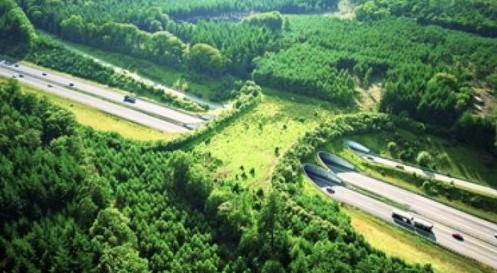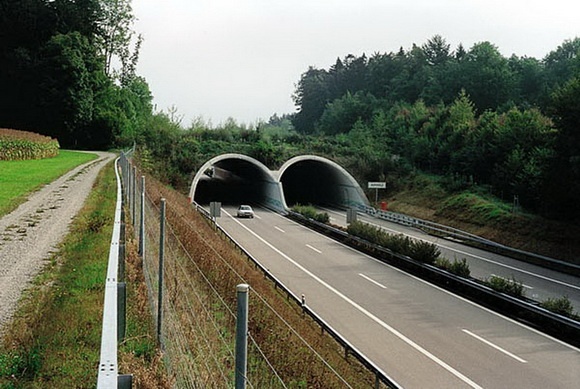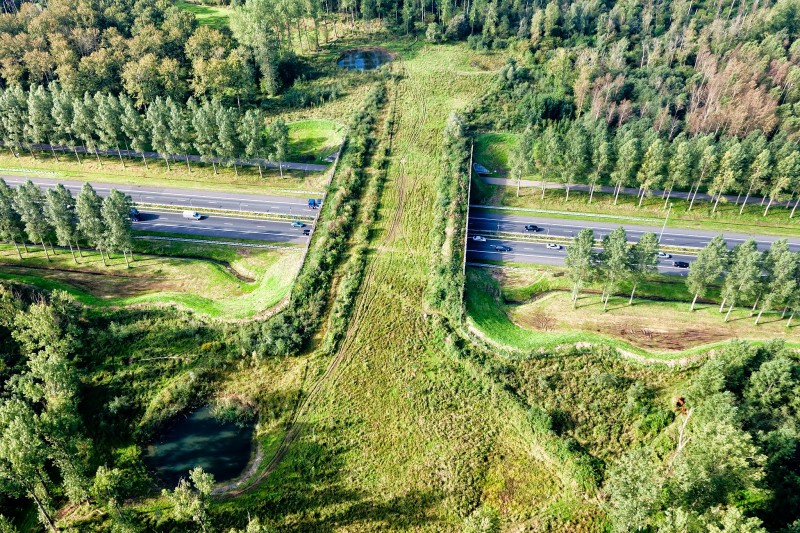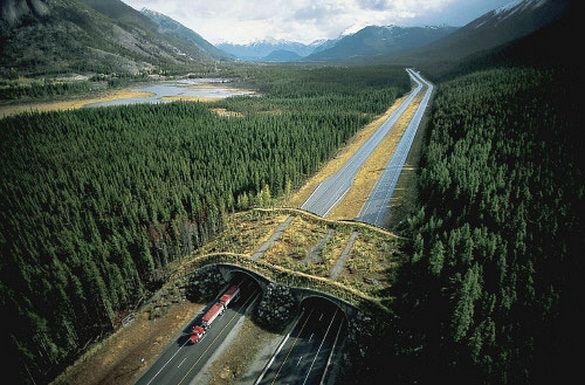Unusual Bridges For Animals
Wildlife overpasses, green bridges, and ecoducts all refer to structures that have been built over roads to allow wildlife to cross safely to the other side of the road. The bridges are for the animals; the animals walk over the road, and the vehicles go through the structure.
Most of the structures are between 10 m (30 ft) and 60 m (180 ft) wide. They typically have soil, litter, and vegetation on top to provide suitable habitat for a range of different species and species groups. The larger structures are typically intended for large mammals ranging from ungulates (e.g. deer, elk, moose) to large carnivores (e.g. black bear, grizzly bear, Canada lynx, wolverine, wolf).
Sometimes ponds are created on one or both sides of the structure to increase the attractiveness to wildlife and to stimulate the use of the overpass. It is also possible to pump water to the top of an overpass and create small streams that flow to the sides. This is particularly beneficial to amphibians.
Cover, for example through a row of tree stumps, is important for invertebrates, amphibians, reptiles, and small mammals. Fences, screens, or berms on the sides of the overpasses not only keep animals from jumping of the structure. They also reduce light and noise disturbance, and block out the fast moving vehicles below. Combined with wildlife fencing and underpasses, wildlife overpasses can reduce collisions with large mammals by 80 to almost 100%. Numerous studies have also found that a wide range of wildlife species uses wildlife overpasses, often in high numbers.
This is important as animals may need to reach the other side of the road for food or water. Crossings by certain individuals maybe almost daily as they have their home range on either side of the road. Other individuals may use crossing structures for seasonal migration or long distance dispersal. Migration over long distances is important as animals may need to reach habitat patches that are small and isolated so that they can strengthen their population viability in the region.






Comments are closed.